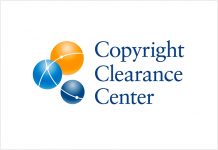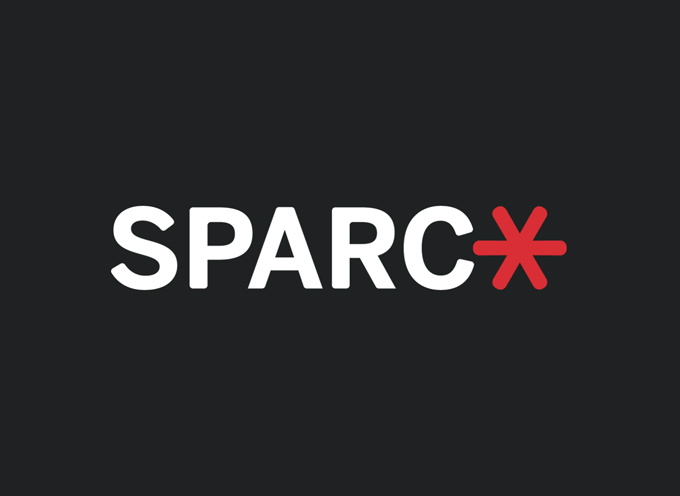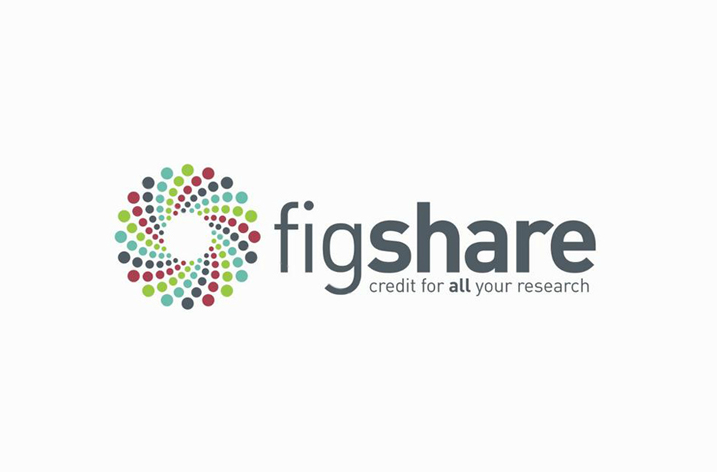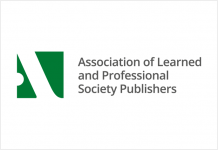
Articles submitted to BioMed Central, Chemistry Central, and SpringerOpen journals from 03 February 2014 onwards will be subject to the new CC-BY 4.0 Creative Commons Attribution license. This also applies to open access articles published in the majority of Springer’s subscription-based journals using the Open Choice option. The new license is more digital-friendly, and includes a simplified attribution requirement.
For BioMed Central and Chemistry Central, this will mean works will be published under a combined Creative Commons Attribution license for published articles and Creative Commons CC0 waiver for published data, for instance, in tables and supplementary material. For SpringerOpen and Springer Open Choice, all content will fall under the CC-BY 4.0 license.
CC-BY is designed to allow for the benefits of open access to be truly realized in a digital world. With this version, research can benefit from more than a decade of input and improvement the CC-BY license has had. This updated version brings with it several benefits to authors, such as a simplified attribution requirement, a requirement that the person reusing a work indicate whether the work has been modified, the addition of specific database rights, a no endorsement clause, and much more.
CC-BY 4.0 is the most global, legally robust version of the “attribution license” produced by Creative Commons to date, and comes with many improvements. This new CC-BY 4.0 license is well-suited for use by governments and publishers of public sector information and other data, especially for those in the European Union.
In September 2013, BioMed Central and Chemistry Central transitioned to a combined license, using the Creative Commons CC0 public domain waiver for data published and continuing to use the CC-BY 2.0 license for published articles. An editorial on this consultation and subsequent licensing change was published in BMC Research Notes.



























